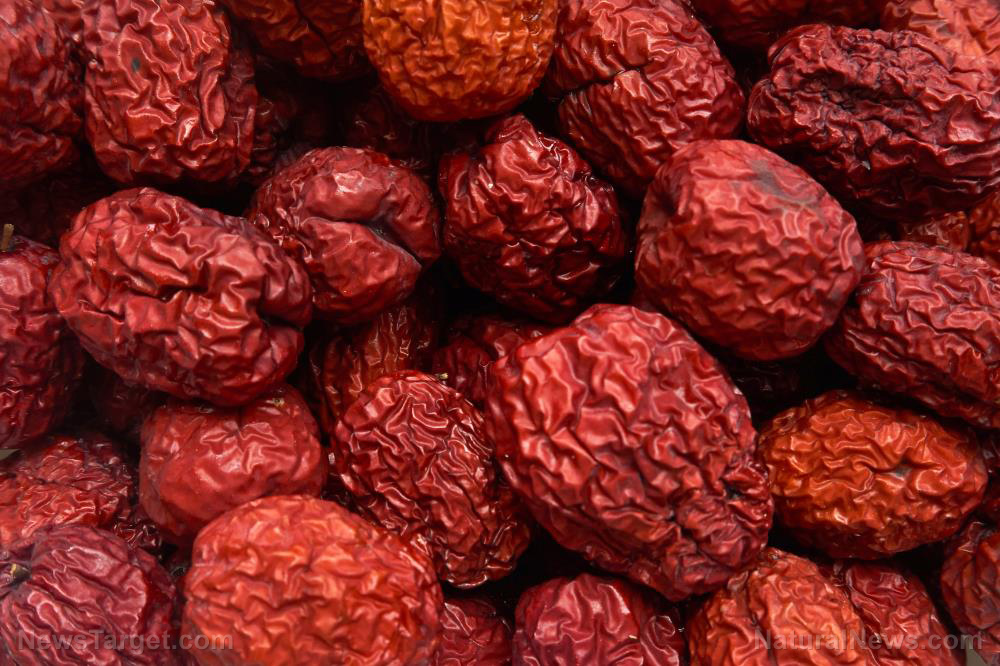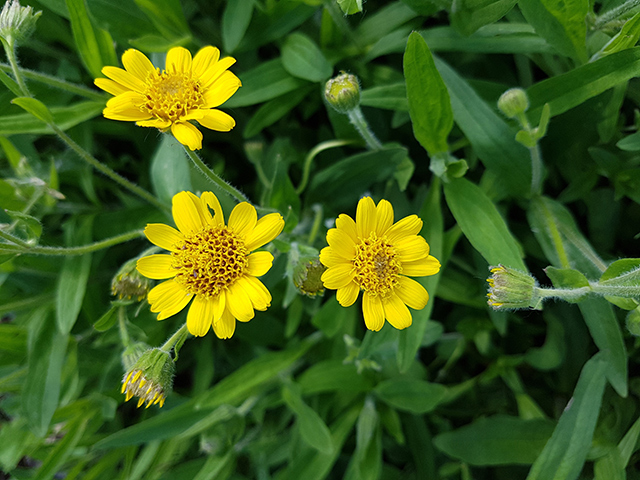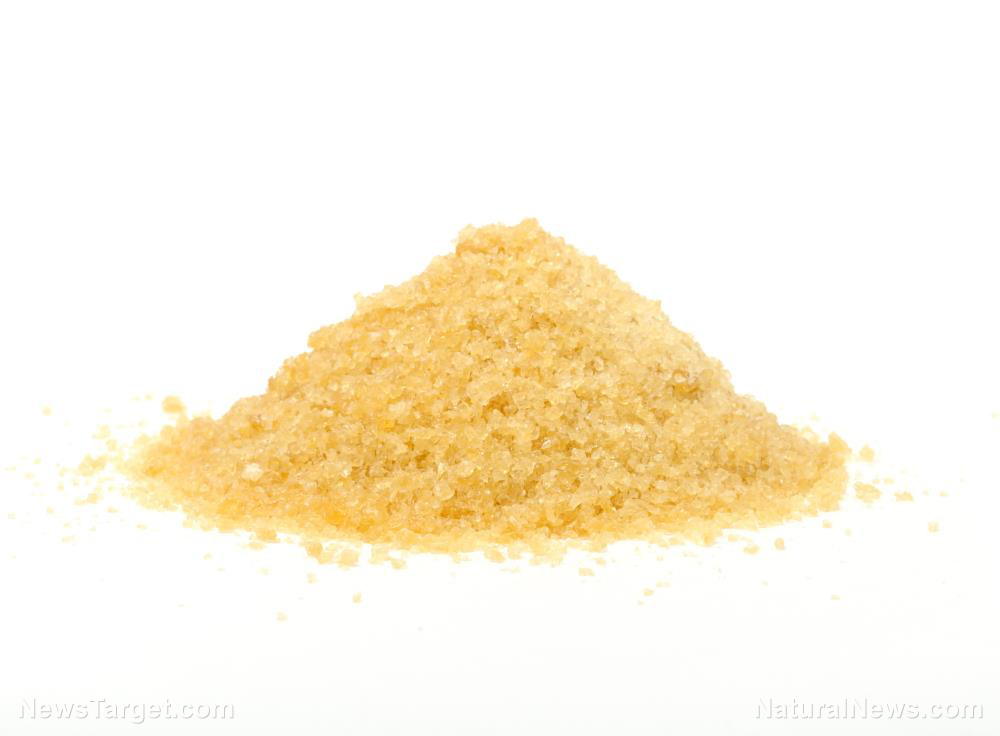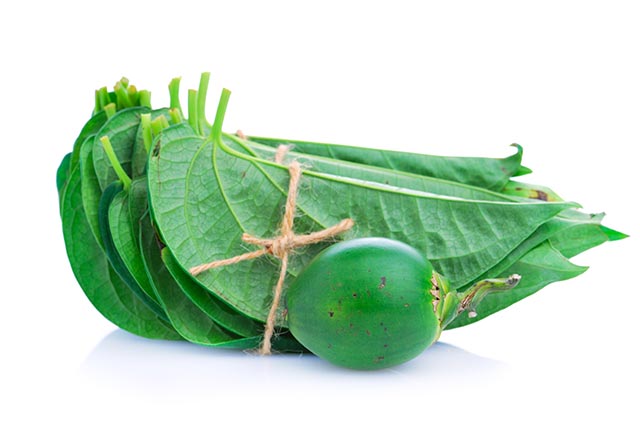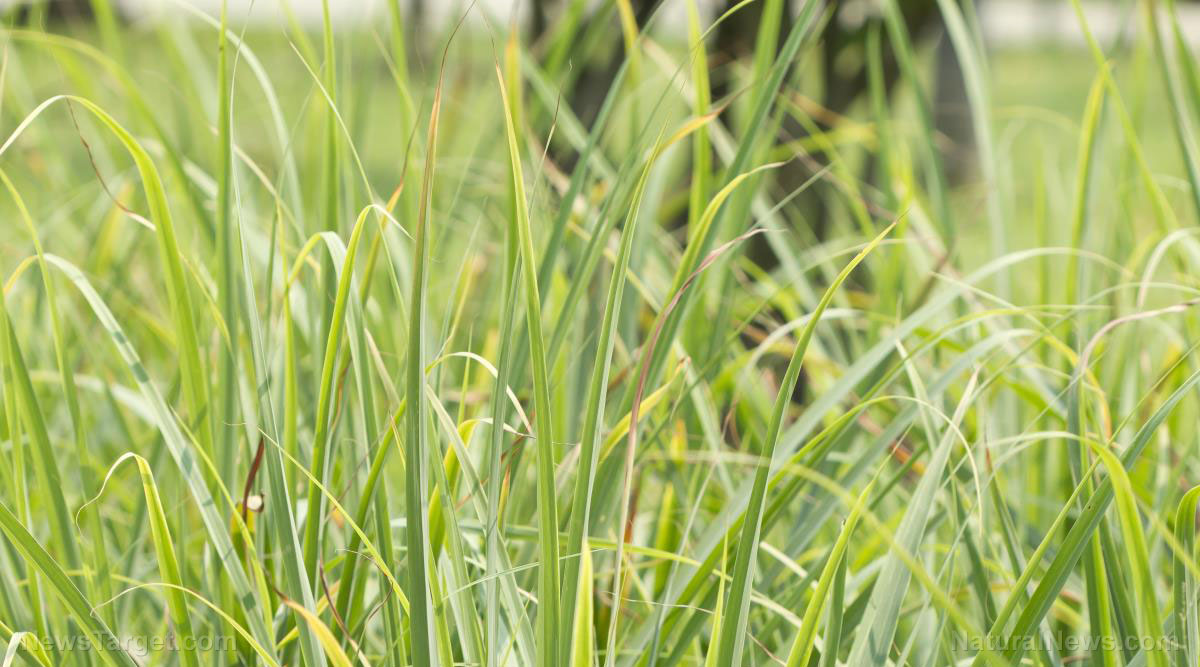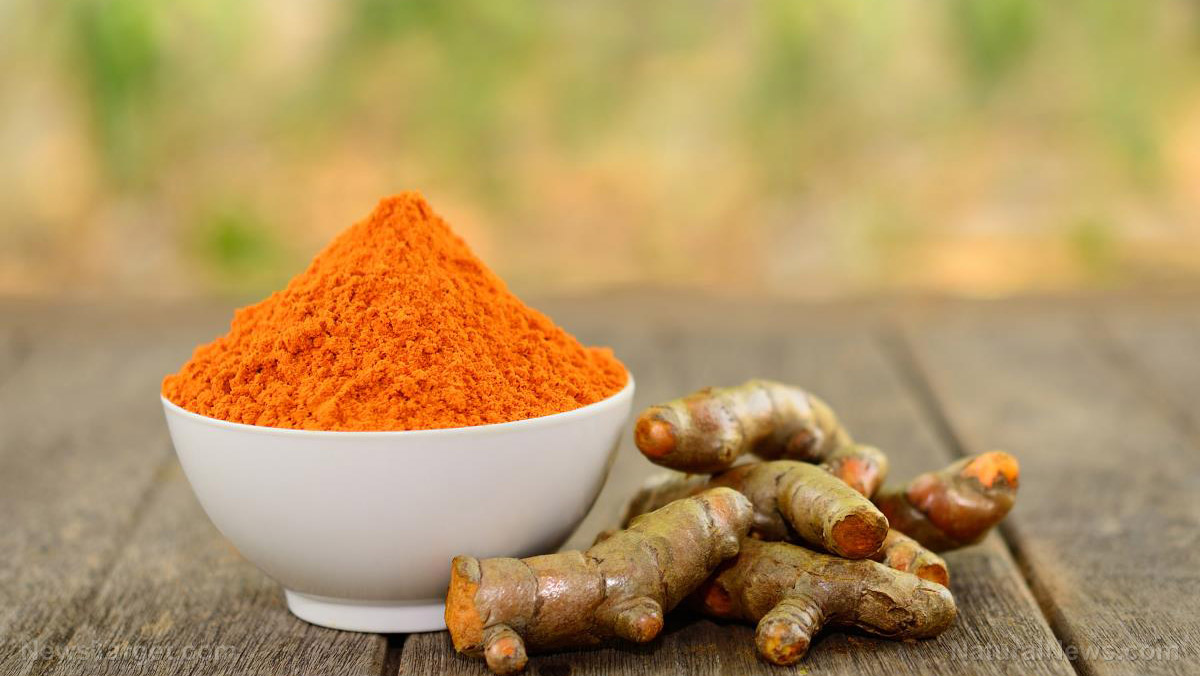Scientists identify a natural pain relief remedy in traditional Yucatan medicine
11/29/2018 / By Ellaine Castillo

Pain is a common symptom for various health conditions. In the U.S., people suffering from this condition waste billions of dollars on medication and by missing out on work or school. Because of this, many researchers wanted to explore cheaper and more accessible treatments, such as herbal remedies. One plant that has potential use as a natural pain reliever is amargo del monte (Calea urticifolia). The authors of a study, published in The Brazilian Journal of Pharmacognosy, revealed the bioactive compounds present in amargo del monte that are responsible for its analgesic and anti-inflammatory properties.
People feel pain in different ways but many people will agree that it is an unpleasant feeling, no matter how subtle or sharp it is. There are many different treatments that people can use to alleviate pain. Taking pain medications is one of the most common and one of the quickest ways of getting relief. However, its widespread use doesn’t mean that it’s safe. Many synthetic pain relievers, such as non-steroidal anti-inflammatory drugs (NSAIDs) and opioids, are associated with side effects like headaches, backaches, bleeding, and addiction. Aside from these, regular use of opioids can also lead to reduced efficacy. Natural remedies provide a safer and cheaper alternative to pain medications.
Amargo del monte is native to the Yucatan peninsula. Many locals in the region use this plant as a herbal remedy for stomach ache, malaria, gastric ulcers, pain, and inflammation. The presence of bioactive compounds, such as sesquiterpene lactones, germacranolides, heliangolides, isoeugenol, and phloroglucinol derivatives, contribute to the different pharmacological activities of amargo del monte. Among these, sesquiterpene lactones are especially remarkable because of their ability to reduce free radical stress, inhibit pro-inflammatory protein production, suppress adipocyte differentiation, prevent melanin biosynthesis, and induce apoptosis. The presence of these bioactive compounds increased the interest of many scientists in amargo del monte.
100% organic essential oil sets now available for your home and personal care, including Rosemary, Oregano, Eucalyptus, Tea Tree, Clary Sage and more, all 100% organic and laboratory tested for safety. A multitude of uses, from stress reduction to topical first aid. See the complete listing here, and help support this news site.
In this study, the researchers conducted a phytochemical analysis of crude extracts from amargo del monte roots. Once they have detected the bioactive compounds present in the plant, they then proceeded to the isolation and identification of the compounds. This was done to determine if the phytochemicals are responsible for the plant’s biological activities.
Phytochemical analysis conducted by the researchers revealed that amargo del monte extracts contain terpenoids and dicaffeoylquinic acid derivatives. These compounds, especially the derivatives of dicaffeoylquinic acid, were observed to have antioxidant and pain relieving properties. The researchers also reported anti-inflammatory and antimicrobial activities of these compounds based on existing literature.
From the results of the study, the researchers identified terpenoids and dicaffeoylquinic acid derivatives as the compounds responsible for the pharmacological activities of amargo del monte. They also concluded that dicaffeoylquinic acid derivatives have potential use as a natural treatment for pain and inflammation that’s safer and more accessible than pain medications. (Related: Study shows children are still being prescribed opioid pain relievers despite federal warnings against the practice.)
Herbal remedies for pain
The following herbs are commonly used as natural pain relievers:
- White willow — The bark of white willow trees contains an aspirin-like compound called salicin that has pain relieving and anti-inflammatory properties. This compound is just as effective as conventional pain medications in treating knee and hip problems, as well as back and joint pain.
- Boswellia — This herbal remedy is commonly used in Ayurvedic medicine for treating arthritis since it can inhibit inflammation.
- Turmeric — A bioactive compound called curcumin that’s commonly found in turmeric is known for its potent antioxidant activity. It also has anti-inflammatory and analgesic properties that were observed to work against autoimmune diseases and tendonitis.
Sources include:
Tagged Under: alternative medicine, amargo del monte, analgesic, anti-inflammatory, Calea urticifolia, herbal medicine, inflammation, pain, pain relief, terpenoids, traditional medicine, Yucatan medicine


